Astronomers examining the nearby Universe with the help of the Atacama Large Millimeter/submillimeter Array (ALMA) have just completed the largest high-resolution survey of star-forming fuel ever conducted in galaxy clusters. But more importantly, they’re tackling a long-standing mystery in astrophysics: what’s killing galaxies?
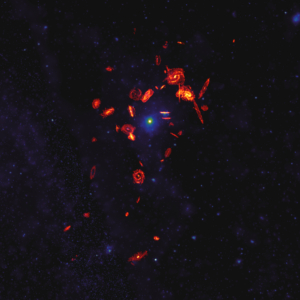

New Receivers Achieve First Light, Set Record for Observational Capabilities at ALMA
A new set of receivers installed on antennas at the Atacama Large Millimeter/submillimeter Array (ALMA) have achieved first light. With it, they set a new record for the longest wavelengths visible with the radio array. The achievement has opened a window on the Universe previously inaccessible at the telescope, thanks to an international team of engineers, including engineers from the National Radio Astronomy Observatory (NRAO).
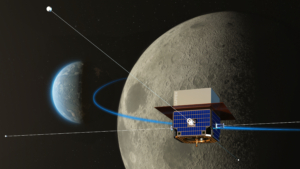
NRAO Joins Space Mission to the Far Side of the Moon to Explore the Early Universe
NRAO has joined DAPPER: a new NASA space mission to the far side of the Moon to investigate when the first stars began to form in the early universe.
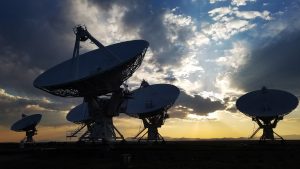
NRAO’s Central Development Laboratory: Making the Invisible Visible
The Central Development Laboratory is often hidden behind the headlines of scientific discovery, but it’s research and development creates the tools radio astronomers use every day.
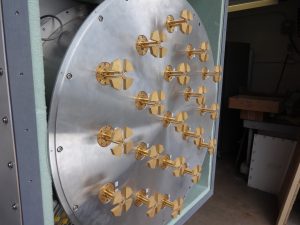
New Technology Offers to Broaden Vision for Radio Astronomy
NRAO’s CDL led the development of a new and improved version of a Phased Array Feed.
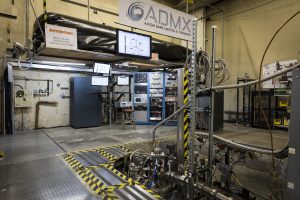
Breakthrough in Detection Technology at Axion Dark Matter Experiment
NRAO/CDL technology part of the hunt for the dark matter particle at the Axion Dark Matter Experiment.





